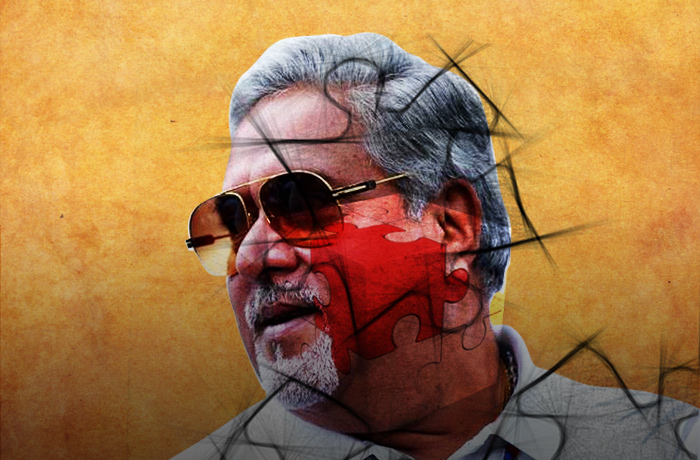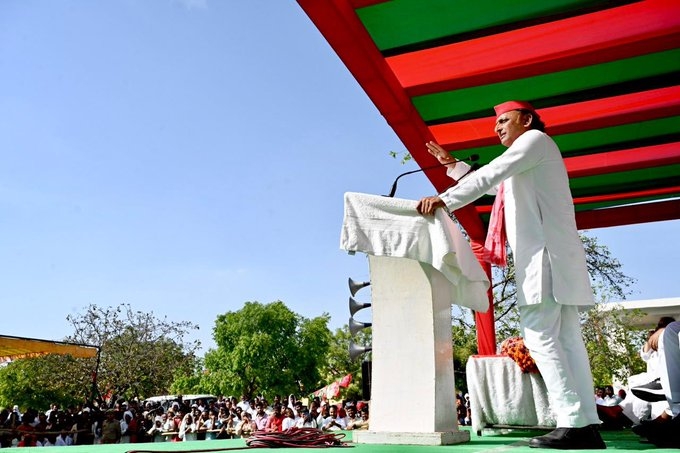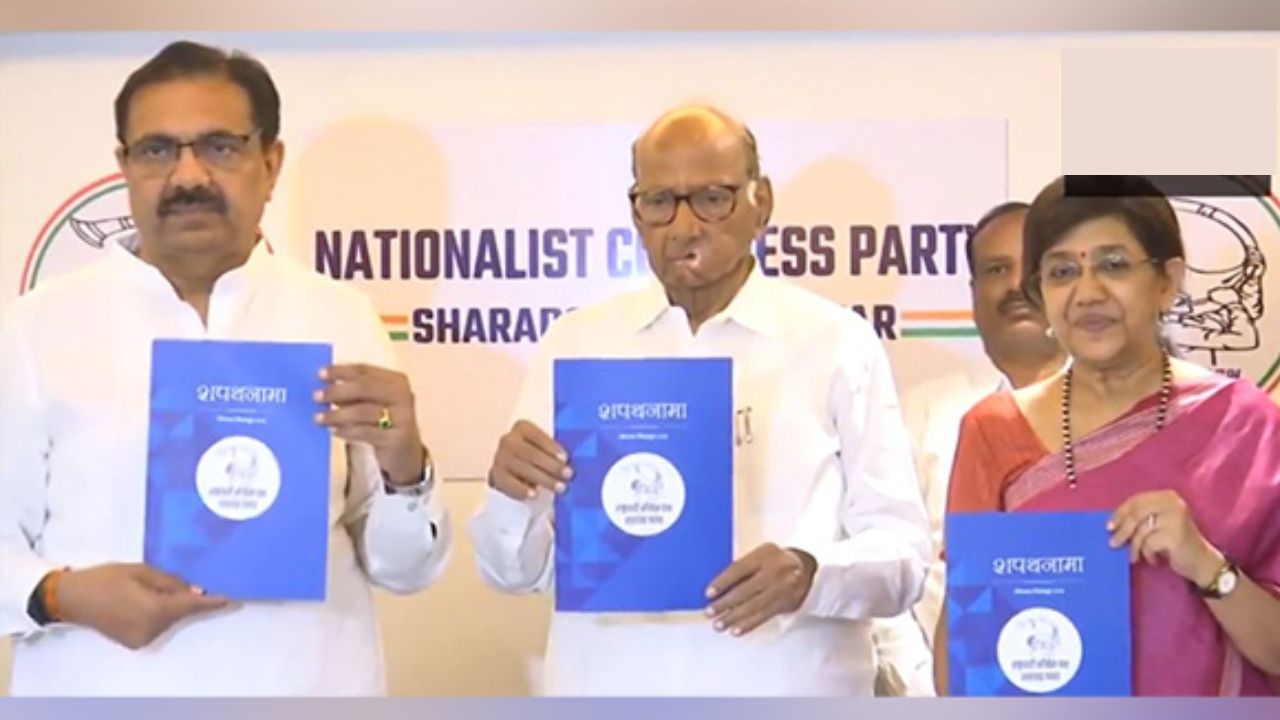The Offering: Mallya says he can repay Rs 4,000 crore. Banks, be smart & accept

The offer
- Mallya has offered to pay Rs 4,000 crore by September to the banks
- This will allow the banks to recover 66% of the principal loan amount
More in the story
- Why is this a good deal for the banks?
- What other choice do they have?
Vijay Mallya has finally made an offer to settle his debts with the Indian banks. He has offered the consortium of 17 banks Rs 4,000 crore by September this year. Mallya is probably hoping this will close the chapter of his much publicised loan-default case.
Now the question is, should the banks accept this offer and withdraw the cases filed in the Supreme Court, which will allow the return of Mallya to India? Or should they keep the fight on in court and force Mallya to pay the entire amount, around Rs 9,000 crore, or face the consequences?
Read: Why we love to hate Vijay Mallya and don't care about other wilful defaulters
The offer was made by Vijay Mallya through a video conference on Wednesday. Since then, critics and TV news anchors urged the banks to not agree to this deal. Instead they pushed for an all-or-nothing route.
While the anchors can afford to capitalise via emotional television drama, those who understand the business of finance and banking realise that this is a good deal, and the banks should pounce on it.
Here's why this deal is good
The principal loan amount that Mallya owes the banks is somewhere around Rs 6,000 crore out of the Rs 9,000 crore outstanding, as of date. The remaining Rs 3,000 crore is the accumulated interest over a period of time.
Vijay Mallya has offered to repay Rs 4,000 crore by September. With that,the banks recover about 66% of the principle amount
So, if the banks agree to take Rs 4,000 crore from Vijay Mallya, they would be able to recover 66% of the principal amount extended to him. The provisioning norms of the Reserve Bank of India, require a bank to set out a certain amount of money against any loan extended, to cover up for any future losses on the basis of the principal amount.
So, in a settlement deal it would be futile to calculate the interest on the loan to Mallya while calculating losses to the banks.
What are the alternatives?
In case a bank fails to recover a loan from the borrower, it usually tries to sell that loan to an asset reconstruction company (ARC). The ARC buys the non-performing asset from the bank at a discount and tries to earn a profit on that asset. This is done by recovering the loan over a period of time from the borrower or selling the acquired mortgaged assets tied against the loan.
Also read: At Rs 150 cr, Mallya's Kingfisher House finds no taker
According to Madan Sabnavis, chief economist at Care Ratings, "the ARCs buy bad loans from banks at a discount of 10-40%. The value of a bad loan is decided on the chances of it getting recovered and the value of the mortgage assets along with the loan".
In case of Mallya, the value of his mortgaged assets is zilch. His Kingfisher Airlines, for which he had taken the loan is grounded. The logo of Kingfisher brand, it turns out, was overvalued by a consultancy and has no takers in the market today. The Mumbai-based home of Vijay Mallya also found no takers in the recently held auction by the lenders.
This means, if Mallya is ready to pay 66% of the principal amount of the loan by September, it is the best deal that the 17 lenders can get.
An argument given by some critics against such a deal is that Mallya's loans are a fraction of the overall problem of non-performing-assets in the banking sector. And a sweet deal like this will create a ground for other loan defaulters to demand the same.
The value of Vijay Mallya's mortgaged assets is zero. So his repayment offer might be the best the banks can get
But this argument lacks nuance. Mallya's case, apart from being one of a wilful default (which is being contested in the Supreme Court), is also that of a bankruptcy.
Currently, the banking sector has NPAs amounting to Rs 4 lakh crore. However this figure can go up to Rs 10 lakh crore if we include the restructured loans and the undeclared NPAs by banks.
So, assuming the NPAs of the Indian banking sector amount to Rs 10 lakh crore, it is important to understand that all the NPAs do not belong to bankrupt businesses. A major part of those NPAs belong to businesses that have not been able to service their debt due to cyclical downturn in their sector. Such companies are not only willing to service their loans, but the banks are also in a better position to recover loans from them, since those loans have sufficient assets attached to them.
So for example, if companies like Reliance Group, Essar and Vedanta Ltd (which according to a Credit Suisse Report are among the most indebted companies in the country) are not able to repay their debt, the bank can simply take over their assets and can sell them in the market.
The only question that needs to be answered in Mallya's case, is whether he gets absolved of all the cases against him after settling this loan repayment issue.
According to this writer, the CBI and the Enforcement Directorate should continue their investigations against the alleged illegal transfer of money by Vijay Mallya to tax heavens.
Read more- Mallya case: clamour growing for wilful default to be made criminal offence
An ongoing probe by the CBI against Mallya, suggests that the IDBI bank allegedly gave the loan despite Kingfisher Airlines's negative credit ratings and financial troubles.
The Enforcement Directorate is also investigating a case against Mallya under the Prevention of Money Laundering Act.
Mallya will have to understand that loan repayment settlement is different from the allegation of money laundering and fraudulent practices by a company. And he must be prepared to face the consequences if he is found guilty in any of those cases.
The banks, on the other hand, should make sure that Mallya does not get any extension beyond September 2016 for the amount promised under the settlement deal.
Edited by Anna Verghese
More in Catch:
Kulbhushan Jadhav: why has Pakistan Army chosen to name NSA Ajit Doval?
Third woman speaks out against Pachauri. Police continue to ignore it all
Kerala elections: Here are some indicators the electorate should know about before voting
Govt says no more e-retail discounts. Can Flipkart, Amazon & Co. survive?
First published: 1 April 2016, 4:53 IST






![BJP's Kapil Mishra recreates Shankar Mahadevan’s ‘Breathless’ song to highlight Delhi pollution [WATCH] BJP's Kapil Mishra recreates Shankar Mahadevan’s ‘Breathless’ song to highlight Delhi pollution [WATCH]](http://images.catchnews.com/upload/2022/11/03/kapil-mishra_240884_300x172.png)

![Anupam Kher shares pictures of his toned body on 67th birthday [MUST SEE] Anupam Kher shares pictures of his toned body on 67th birthday [MUST SEE]](http://images.catchnews.com/upload/2022/03/07/Anupam_kher_231145_300x172.jpg)






